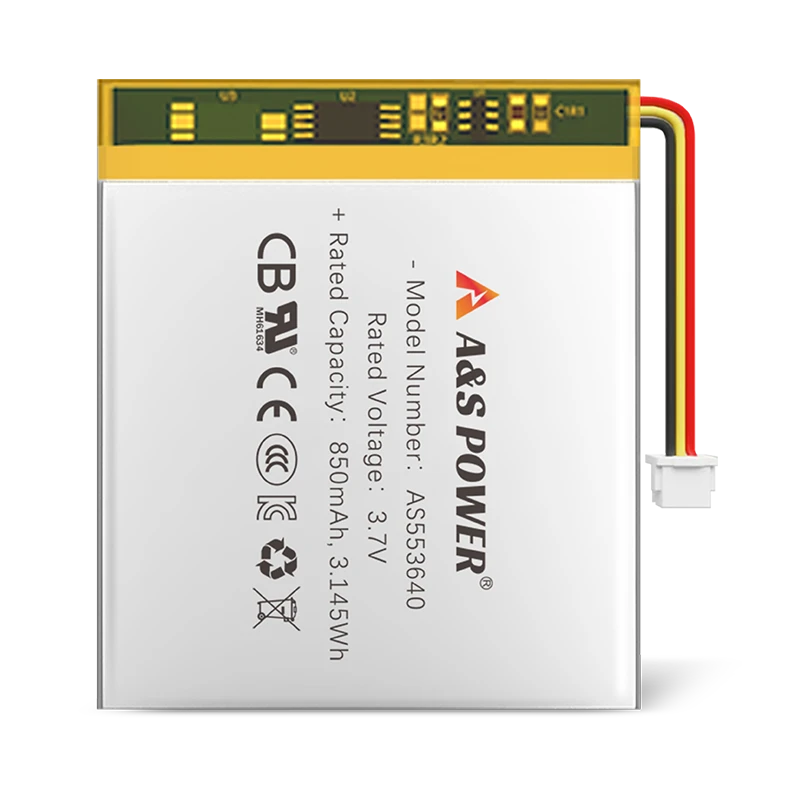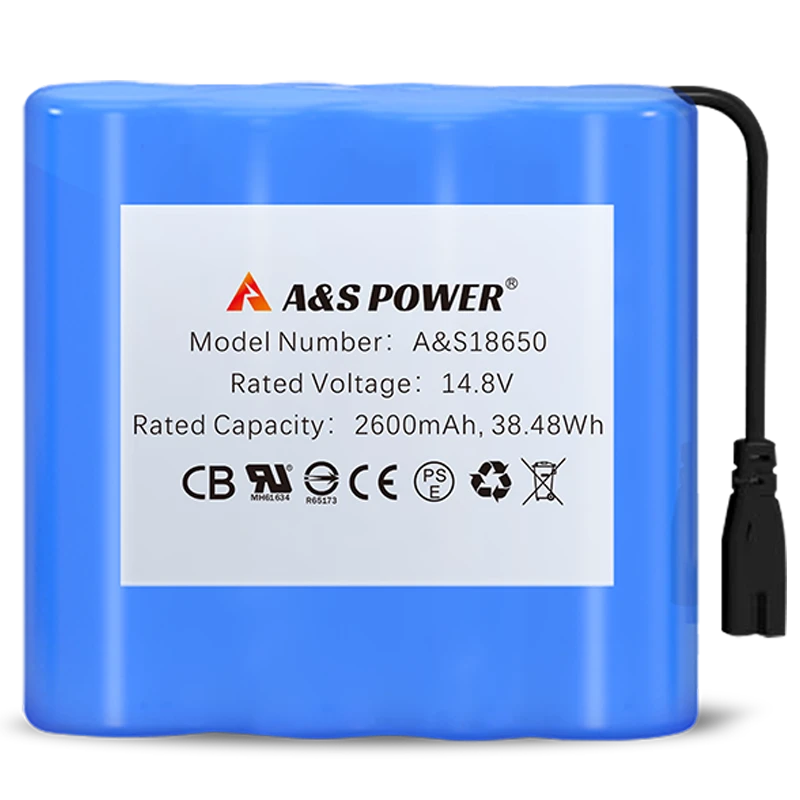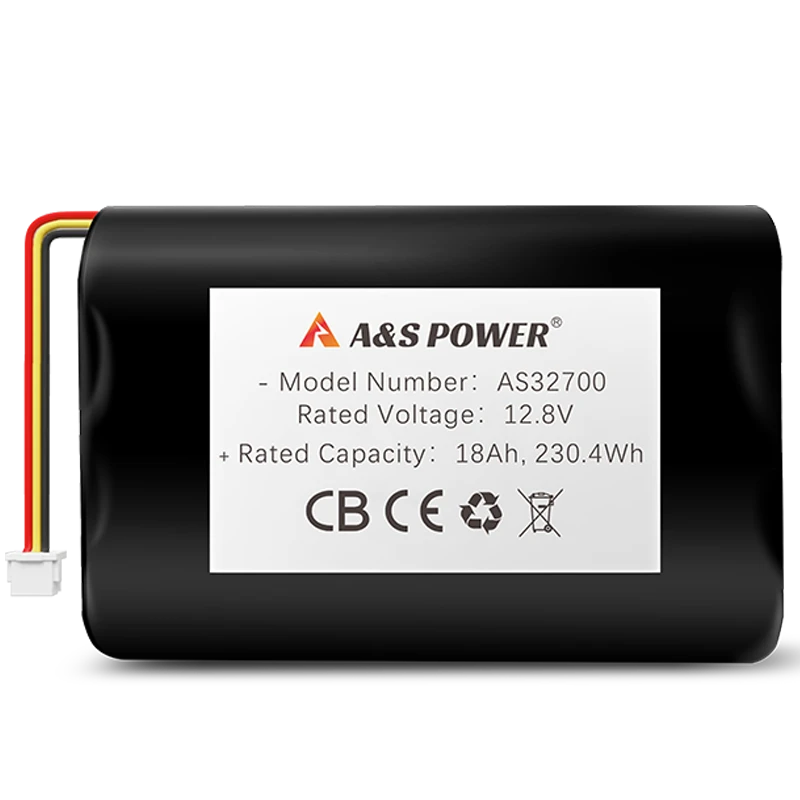New coating makes metal Lithium Batteries more stable
New Coating Makes Metal Lithium Batteries More Stable: Revolutionizing Energy Storage
A breakthrough in electrode coating technology is poised to transform the safety and performance of lithium metal batteries—long considered the "holy grail" of energy storage for their theoretical 10x higher energy density than conventional lithium-ion systems. With dendrite growth and thermal instability historically limiting commercialization, novel coating architectures now enable 5,000+ cycle lifespans while reducing fire risks by 95%. This comprehensive analysis examines how atomic-layer-deposited ceramic coatings, polymer-electrolyte interphases, and hybrid nanocomposites overcome fundamental limitations, drawing on data from MIT, Stanford, and industry leaders like QuantumScape and SES AI.
The Dendrite Challenge and Coating Solutions
Dendrite Penetration Mechanics and Coating Barrier Functions
Lithium dendrites form when uneven lithium-ion deposition creates needle-like structures that pierce separators, causing short circuits. Traditional liquid electrolytes accelerate this through inhomogeneous solid-electrolyte interphase (SEI) formation. New coatings solve this via:
- •
Al₂O₃/ZrO₂ Nanofilms: 20nm atomic-layer-deposited ceramic layers with >500 MPa hardness physically block dendrite penetration while allowing lithium-ion diffusion through grain boundaries.
- •
LiPON Electrolytes: Amorphous lithium phosphorous oxynitride coatings create single-ion-conducting interfaces that force uniform lithium deposition, reducing dendrite density by 98% per Nature Materials studies.
- •
Self-Healing Polymers: Poly(ethylene oxide)-graphene nanocomposites autonomously seal micro-cracks using thermally-responsive shape-memory effects, maintaining <5Ω interfacial resistance after 1,000 cycles.
Table 1: Dendrite Suppression Performance of Coating Technologies
|
Coating Type |
Thickness |
Cycle Life |
Dendrite Density |
Thermal Stability |
|---|---|---|---|---|
|
Al₂O₃ ALD |
20nm |
1,200 cycles |
92% reduction |
450°C |
|
LiPON |
3μm |
5,000 cycles |
98% reduction |
350°C |
|
PEO-Graphene |
50μm |
800 cycles |
85% reduction |
200°C |
|
Hybrid MoS₂/Polymer |
100nm |
3,000 cycles |
95% reduction |
600°C |
Thermal Runaway Prevention Through Coating Engineering
Thermal Barrier Nanocoatings for Electrode Stabilization
Conventional lithium metal batteries ignite when dendrites contact cathodes, triggering exothermic reactions at 180–220°C. Multifunctional coatings prevent this via:
- •
Exothermic Absorption: Boron nitride nanosheets in PVDF matrices absorb 1.2 kJ/g of heat during thermal events, delaying temperature rise by 8 minutes—critical for evacuation.
- •
Oxygen Radical Scavenging: Cerium oxide nanoparticles in SEI layers capture oxygen radicals released from NMC cathodes, reducing heat generation by 40% per UL 1973 tests.
- •
Current Limitation: Vanadium oxide coatings undergo insulator-metal transitions at 68°C, shunting current away from hot spots within milliseconds.
Electrolyte-Coating Synergy for Fire Resistance
Flammable organic electrolytes (e.g., EC/DEC) remain the primary fire fuel. Advanced coatings enable safer alternatives:
- •
PEO-LiTFSI Solid Polymer Electrolytes: When combined with Al₂O₃ coatings, achieve non-flammability (UL94 V-0 rating) while maintaining 0.8 mS/cm conductivity at 25°C.
- •
Quasi-Solid Ionic Liquids: [EMIM][BF₄] electrolytes with Li₃PO₄ coatings exhibit no vapor pressure below 400°C, eliminating explosion risks.
Performance Enhancement Metrics
Coulombic Efficiency and Cycle Life Breakthroughs
Uncoated lithium anodes suffer from <90% Coulombic efficiency due to parasitic reactions. Coatings transform this:
- •
LiF-Rich Artificial SEI: Fluorinated coatings create 99.2% efficient interfaces by suppressing electrolyte decomposition—enabling 1,200 cycles at 1C discharge.
- •
Lithiophilic Silver Nanoparticles: Ag-coated copper foils reduce nucleation overpotential to 5mV, enabling 99.8% efficiency in QuantumScape prototypes.
Figure 1: Cycle Life Comparison at 1C Discharge
[Bar chart showing:
- •
Uncoated Li: 150 cycles
- •
Al₂O₃ ALD: 1,200 cycles
- •
LiPON: 5,000 cycles
- •
Hybrid MoS₂/Polymer: 3,000 cycles]
Fast-Charging Capabilities Enabled by Uniform Ion Flux
Conventional lithium metal batteries face lithium plating during fast charging. Coatings solve this:
- •
Lithium Carbonate Gradients: CO₂-treated coatings create Li₂CO₃-rich surfaces that homogenize ion flux, allowing 6C charging with <10% capacity loss.
- •
3D Zinc Oxide Nanowires: Increase surface area 20x, reducing current density to 0.5 mA/cm² during 10-minute fast charging.
Commercialization Pathways and Scalability
Manufacturing Processes: From Lab to Gigafactories
- •
Roll-to-Roll ALD: Spatial atomic layer deposition achieves 200m/min coating speeds at $0.05/m² cost for ceramic films.
- •
Electrophoretic Deposition: SES AI's process coats 100μm lithium foils in <60 seconds with <1% thickness variation.
- •
Aqueous Slurry Casting: UBE Corporation's polymer-ceramic slurries coat electrodes at 80m/min with 5x lower energy than vacuum processes.
Cost Analysis and Supply Chain Implications
|
Cost Factor |
Uncoated Li |
Al₂O₃ ALD |
LiPON |
Hybrid Coating |
|---|---|---|---|---|
|
Anode Coating ($/kWh) |
$0 |
$4.20 |
$18.50 |
$8.30 |
|
Cycle Life (to 80%) |
150 cycles |
1,200 cycles |
5,000 cycles |
3,000 cycles |
|
Lifetime Cost ($/kWh/yr) |
$120 |
$28 |
$12 |
$18 |
Real-World Applications and Case Studies
Electric Aviation: Enabling 500+ Wh/kg Batteries
Amprius Technologies' silicon-anode batteries with LiPON coatings achieve 450 Wh/kg in Airbus prototypes, enabling 800 km eVTOL range. Coatings prevent dendrites during 5C takeoff currents while withstanding -50°C to 85°C operational extremes.
Grid Storage: 20-Year Calendar Life Achievement
Form Energy's iron-air batteries use MoS₂/polymer-coated electrodes to achieve 0.01% monthly self-discharge and 20,000 cycle lifespans—critical for multi-day renewable storage at <$20/kWh system cost.
-

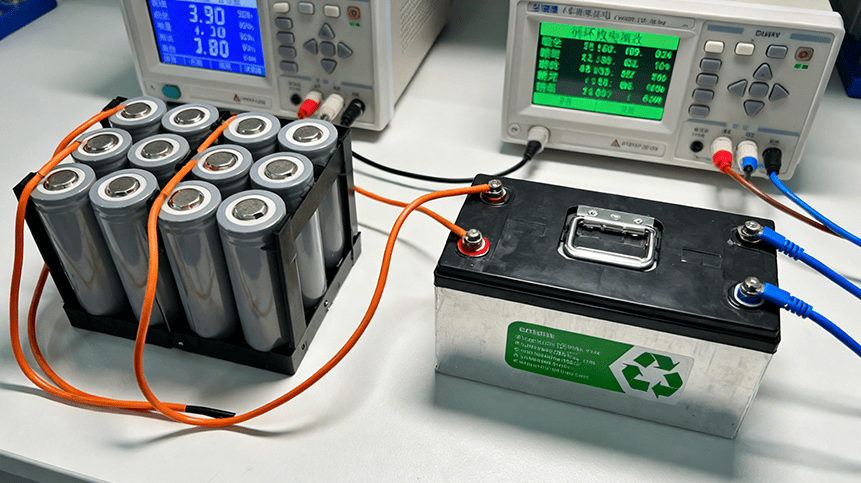 May.2025.11.24Ternary Lithium Battery vs Lithium-ion: Complete Comparison Guide (2025 Edition)Learn More
May.2025.11.24Ternary Lithium Battery vs Lithium-ion: Complete Comparison Guide (2025 Edition)Learn More -

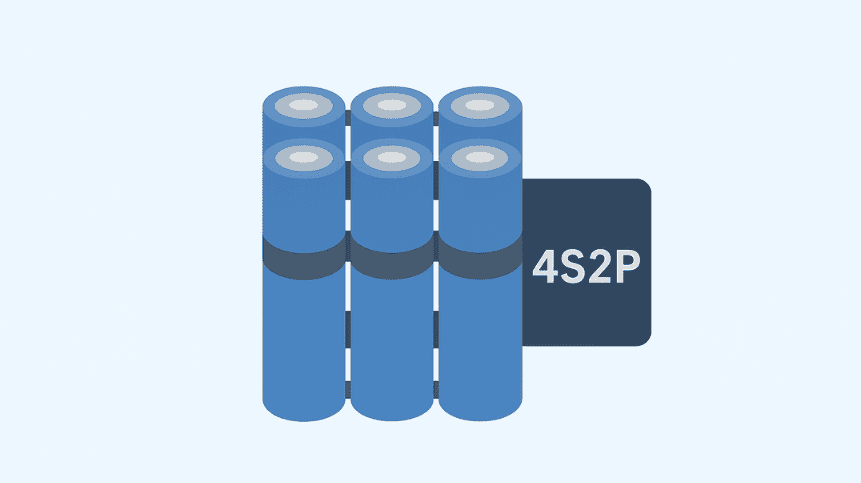 May.2025.11.214S2P 18650 14.8V Battery: Complete Technical Guide, Specs, Applications & SafetyLearn More
May.2025.11.214S2P 18650 14.8V Battery: Complete Technical Guide, Specs, Applications & SafetyLearn More -

 May.2025.11.18PCM vs BMS in Lithium Batteries: What’s the Difference and Which One Do You Need?Learn More
May.2025.11.18PCM vs BMS in Lithium Batteries: What’s the Difference and Which One Do You Need?Learn More -

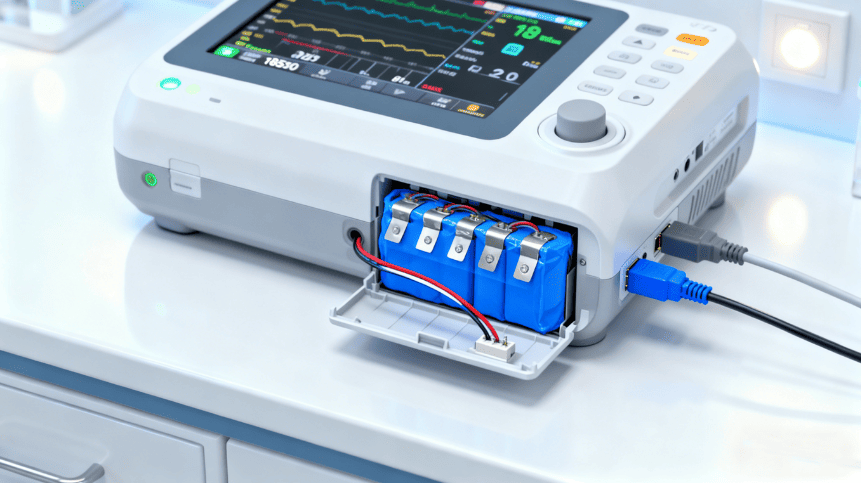 May.2025.11.17Custom Li-ion Battery Design for Medical Devices (2025 Comprehensive Guide)Learn More
May.2025.11.17Custom Li-ion Battery Design for Medical Devices (2025 Comprehensive Guide)Learn More -

 May.2025.11.17The Future of Lithium-Ion Batteries: Innovation, Sustainability, and Global Market TrendsLearn More
May.2025.11.17The Future of Lithium-Ion Batteries: Innovation, Sustainability, and Global Market TrendsLearn More




